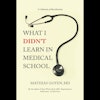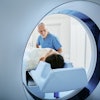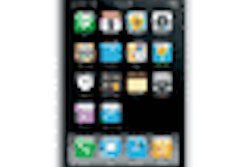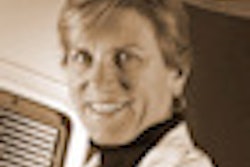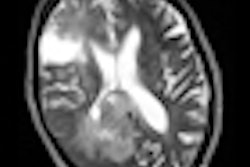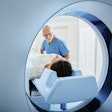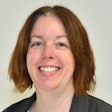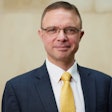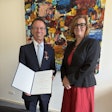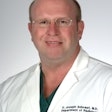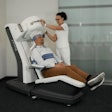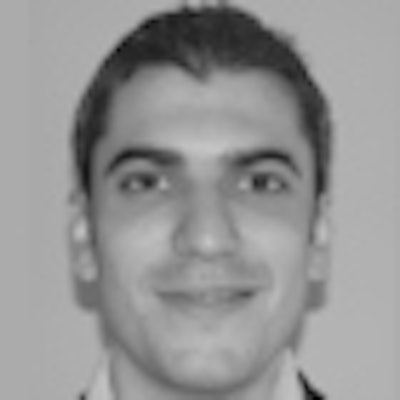
Online resources for medical imaging continue to proliferate. One such website is Diagnologic.com, a site launched by a French radiologist with the goal of providing answers for doctors facing difficult diagnostic challenges.
Currently free to use, the site features an online medical database with more than 8,500 cases and 100,000 images, according to founder Dr. Raphaël Khayat. Registered users can also search by nearly 200 locations and 500 gamuts.
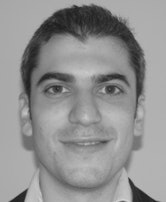 Dr. Raphaël Khayat, founder of Diagnologic.com.
Dr. Raphaël Khayat, founder of Diagnologic.com.
"The main goal of the website is to offer a means of computer-assisted radiology, in which radiologists can search for similar cases to create a differential list to assist in their interpretation," he said. "They can either use it for finding a diagnosis they don't know or to educate themselves."
The database was created in French and English. More than 100 users a day visit the site, and nearly all the cases are pathology-proven, with the exceptions clearly noted and indicated as diagnosis presumed, he said.
In October, Khayat presented Diagnologic in a poster at the Journées Françaises de Radiologie Diagnostique et Interventionnelle (JFR) conference, where the site generated much interest. Khayat, 31, is a radiologist at Institut Curie in Paris, and is subspecialized in musculoskeletal and breast imaging.
He first began gathering cases when writing a book with a colleague about musculoskeletal imaging. Other colleagues who are contributing cases to Diagnologic include radiologists with Assistance Publique-Hôpitaux de Paris (AP-HP), he said.
The site offers three search modes.
"The most innovative one is a gamut search mode, where users can find the diagnosis with just a few clicks by using our search engine, which has more than 200 locations and 500 gamuts," Khayat said, adding that an anatomic search mode will list all diagnoses in the database based on anatomical location, while the search bar mode allows for searching by a specific diagnosis or gamut.
A topic section provides a diverse view of the diagnosis, including gamuts and all associated disease. "It provides a big overview of the diagnosis," he said.
As the site continues to develop, Khayat is currently considering whether to pursue partnerships, such as with big universities or radiology websites. In other plans, there are also proposals to translate case commentaries into English; at the moment they are only available in French.
While currently free to use, a paid option may be also be offered at some point, he said.
